Copinet EA Cuvée La Cabane
Descrizione
Marie Copinet ci presenta la sua gamma EA (Épreuve d'Artiste, letteralmente "prova dell'artista"), una trilogia di blanc de blancs brut nature da tre terroir diversi. Lacuvée La Cabane viene da un appezzamento a Brouillet e ci stupisce con la sua struttura al palato e la complessità al naso, con note di limone, pere cotte, mandorle e crema pasticcera. Uno champagne potente e lungo al palato, con un finale amaro molto interessante
Dettagli del prodotto
Degustazione
Vigna e preparazione
Recensioni degli esperti
The NV EA Brut Nature La Cabane is from clayey and silt-laden soils in Brouillet, Vallée de l'Ardre. The pure Chardonnay opens with a deep, intense yet very fine and almond-scented bouquet with good purity and freshness, revealing fresh and lush pineapple notes with time. The wine is powerful, intense and structured on the dense and concentrated palate, where it is also pure, straight and refreshing, with a tightly woven structure of fine tannins and a long, dry and promising finish. This is a Champagne made for a whole menu or at least richer fish dishes but also dark meat if served more or less au naturel. This has delicate effervescence as well as nutty and yeasty flavors again in the bone-dry finish. Truly excellent and on the way to becoming even better with bottle age!
La Cabane is part of the new Blanc de Blancs trilogy that showcases three Chardonnays from the same (though strangely withheld) vintage but three different terroirs. They are all fermented in stainless steel and kept for seven years on the second lees before they are disgorged as Brut Nature or Zéro Brut to express the "full character of each terroir." The date of disgorgement is not indicated, but each single bottle carries a handwritten number and signature. The trilogy was presented for the first time during the Printemps de Champagne in Reims in April, but I tasted it only in my home office in July 2018.
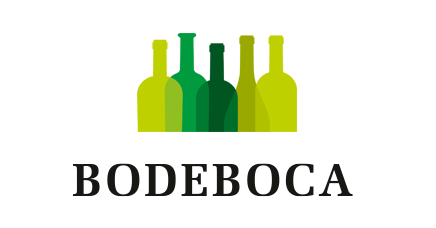
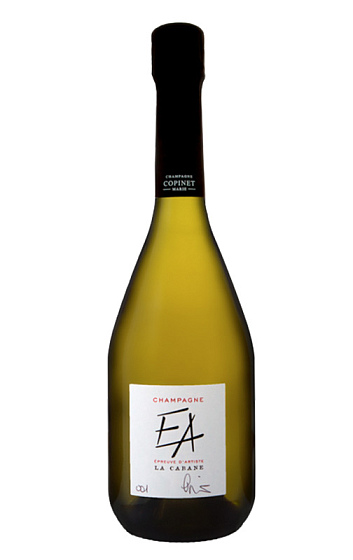


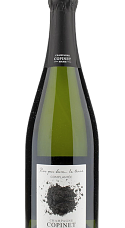
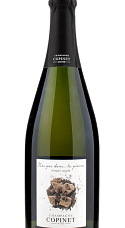
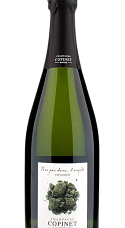
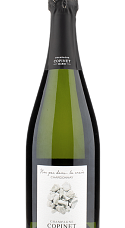
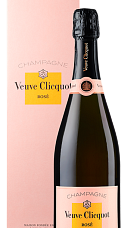
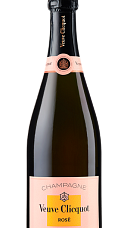
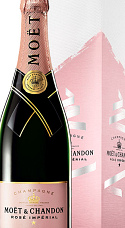
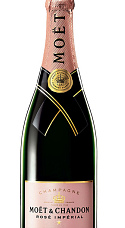


Be, però preu excessiu